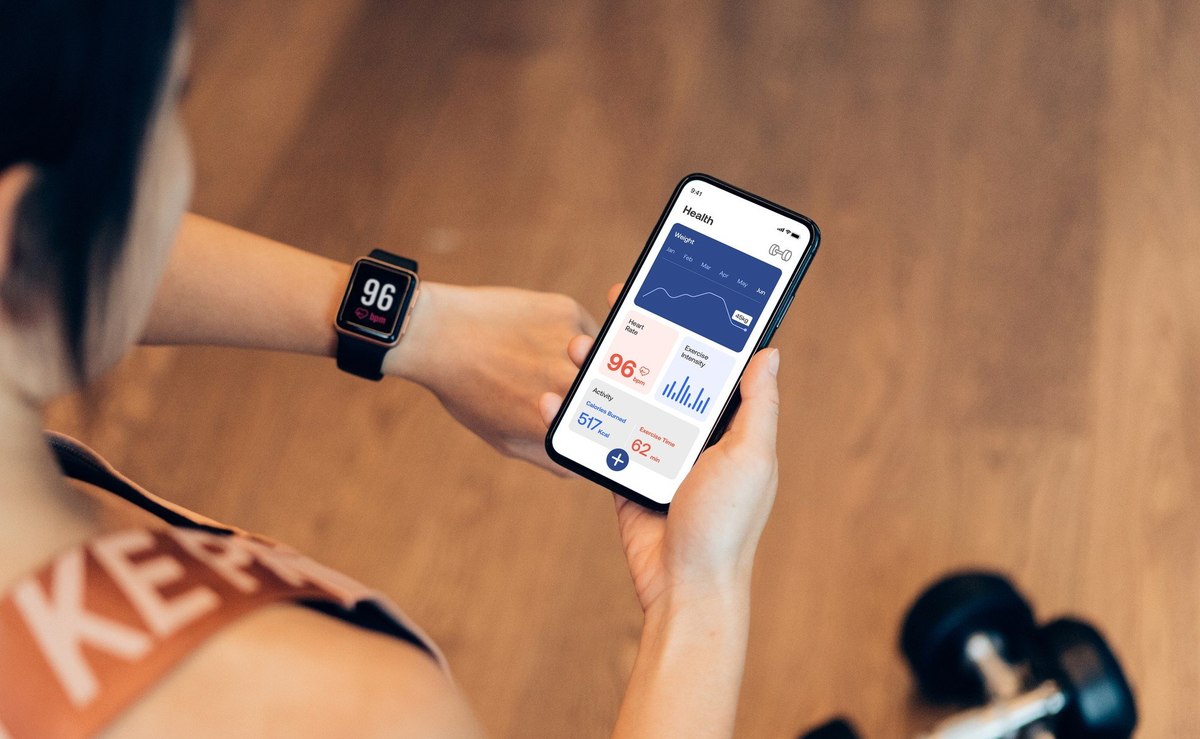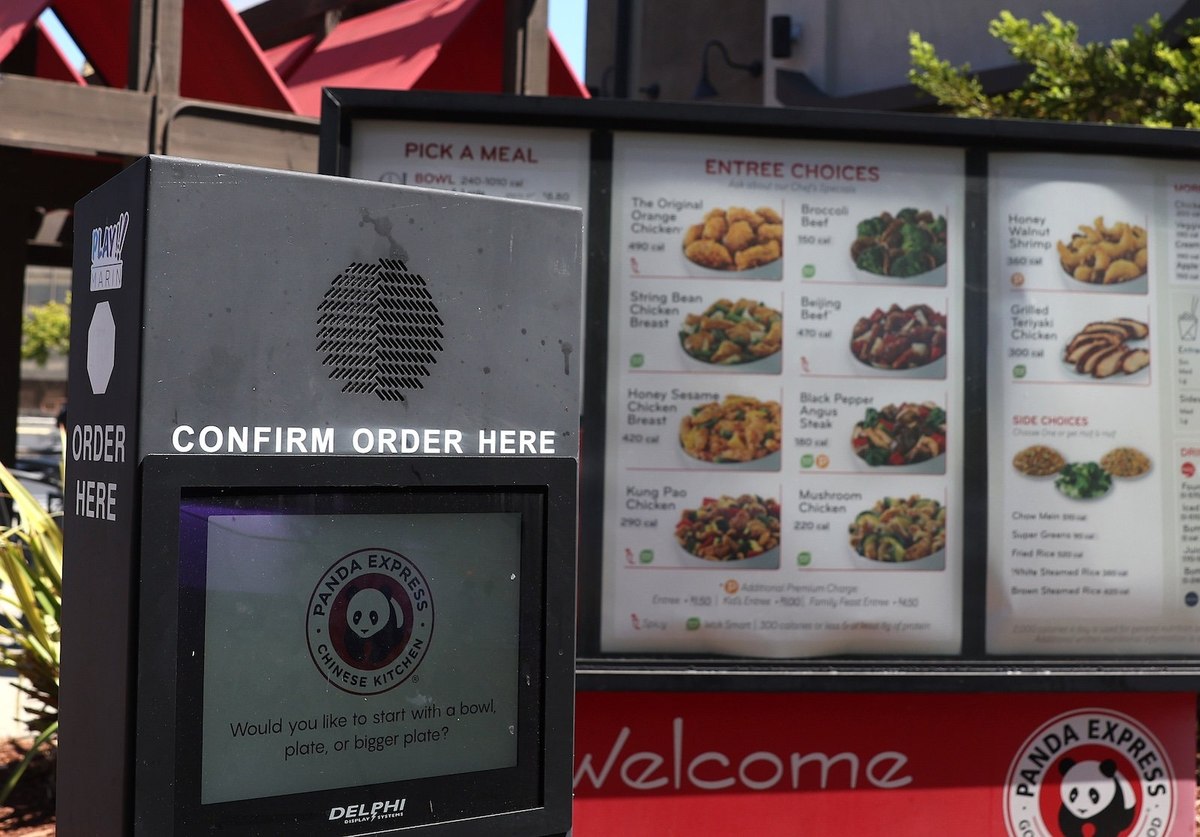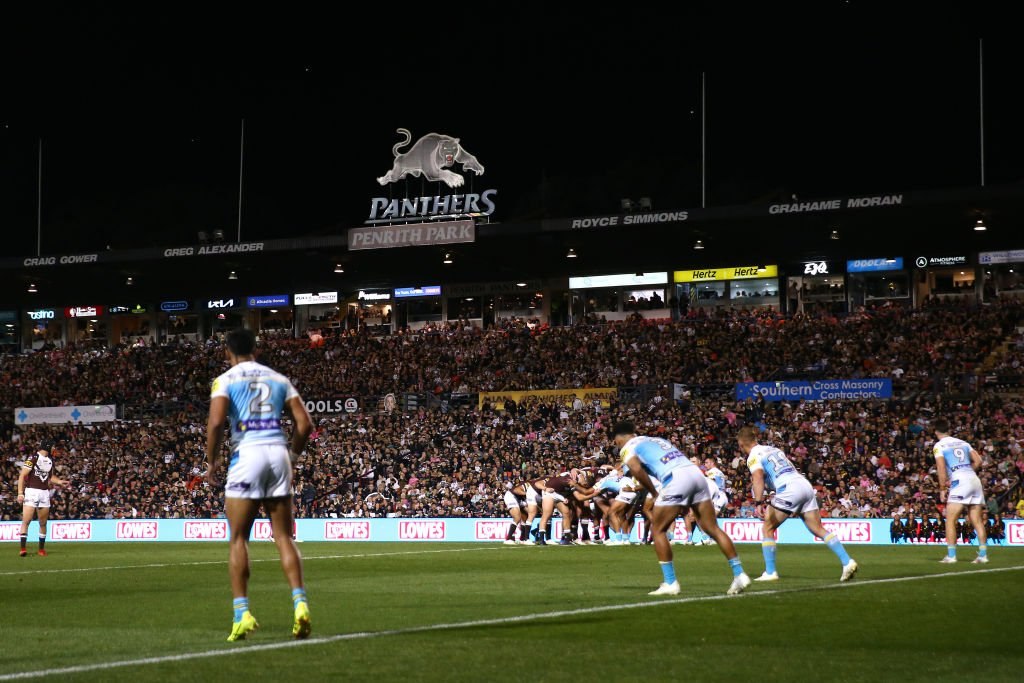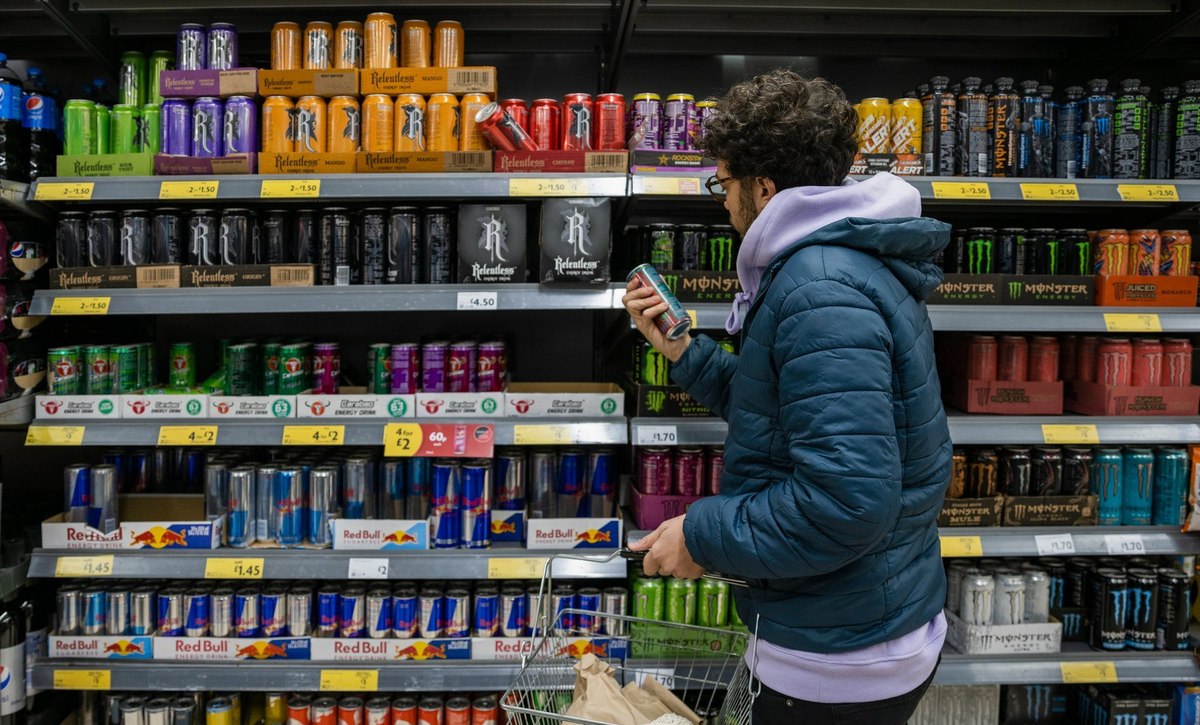
Shopping smart in uncertain times: The top tactics used by consumers globally
The cost-of-living crisis has created a challenging environment for consumers worldwide. Faced with rising prices and economic uncertainties, consumers are adapting their shopping behaviors to manage their expenses effectively.
In YouGov's new global FMCG/retail report, “Changing purchasing habits in a cost-of-living crisis”, we explore the various shopping tactics employed by consumers, including cutting back on spending, shifting to private label alternatives, switching to cheaper retailers and seeking deals or promotional products.
Download YouGov's new 2023 FMCG/retail report
This analysis uses research across 18 international markets and builds upon the preliminary findings from the report such as how disposable income has changed in the past 12 months and which purchase categories people around the world are most price sensitive to.
Money-saving shopping tactics used in 2022 vs. 2023
With more than nine in 10 (94%) global consumers having embraced smart shopping strategies in the past 12 months, let’s explore the top types of actions used by consumers to pursue better deals and see whether these tactics will become even more popular in 2023.
1. Comparing prices — Whether shopping in-store or online, price comparison ranks as the most popular tactic among consumers worldwide, with 36% actively comparing prices before making a purchase. This behavior reflects the growing trend of finding the best possible deals and maximizing the value of each purchase.
- Future outlook: This tactic is expected to grow by 25% this year. More than two in five (45%) global consumers say they are likely to compare prices online or in-stores to save money.
2. Monitoring prices and waiting for sales — Closely following price comparison, 35% of consumers adopted the practice of monitoring prices and patiently waiting for sought-after products to go on sale in the past 12 months. This approach involves leveraging discounts and promotions and holding out for sales days such as Black Friday or Amazon Prime Day.
- Future outlook: 41% of global consumers plan to use this shopping tactic in 2023, indicating a potential growth of 17% from the previous year.
3. Switching to cheaper brands and stores — A third or more of global consumers have bought from cheaper brands (34%) or stores (33%) when faced with rising costs. This shift toward private label brands or more budget-friendly places demonstrates a willingness to compromise on brand loyalty in favor of reduced prices.
- Future outlook: Whether it be choosing a cheaper alternative product or opting for a budget store, these tactics are expected to grow by 18% over the next 12 months.
4. Leveraging discount codes — Around a third (32%) of consumers have taken advantage of discount codes to secure better deals, reduce their expenses and stretch their budgets in the past 12 months.
- Future outlook: In 2023, 41% of consumers are likely to use coupons or discount codes to save money, translating to a 28% growth opportunity for this tactic.
5. Embracing loyalty schemes and rewards — A quarter of consumers (25%) used loyalty schemes or cards to benefit from rewards and incentives. This behavior demonstrates consumers are not only motivated by price but also seek long-term value and perks associated with their loyalty to a retailer or brand.
- Future outlook: This trend is expected to grow by 32% in 2023, with 33% of global consumers saying they are likely to use this tactic to save money.
Tactics vary by market
The data also reveals that while some smart shopping tactics are common across the world, there are also variations in how consumers choose to save money.
In Britain, for example, consumers prefer to trade down to cheaper brands (50%), use loyalty schemes (48%) and manage a tighter budget (46%).
In countries such as the US, India and Singapore, the most popular money-saving tactic is choosing to use discount codes and coupons, while shopping at cheaper/budget retailers is the most popular option in Indonesia.
- How consumers are reacting to financial hardship
- Which purchase categories they’re most price sensitive to
- Which spending categories they’ll cut back on and which they’ll prioritize
Methodology
The data is based on surveys of adults aged 18 and over in 18 markets. All surveys were conducted online in January 2023. Data from each market uses a nationally representative sample apart from Mexico and India, which use urban representative samples, and Indonesia, Malaysia and Hong Kong, which use online representative samples. Learn more about YouGov Surveys: Serviced.
Make smarter business decisions with better intelligence. Understand exactly what your audience is thinking by leveraging our panel of 20 million+ members. Speak with us today.
Explore our living data – for free
Discover more retail content here
Want to run your own research? Run a survey now
Photo by Becca McHaffie on Unsplash
































